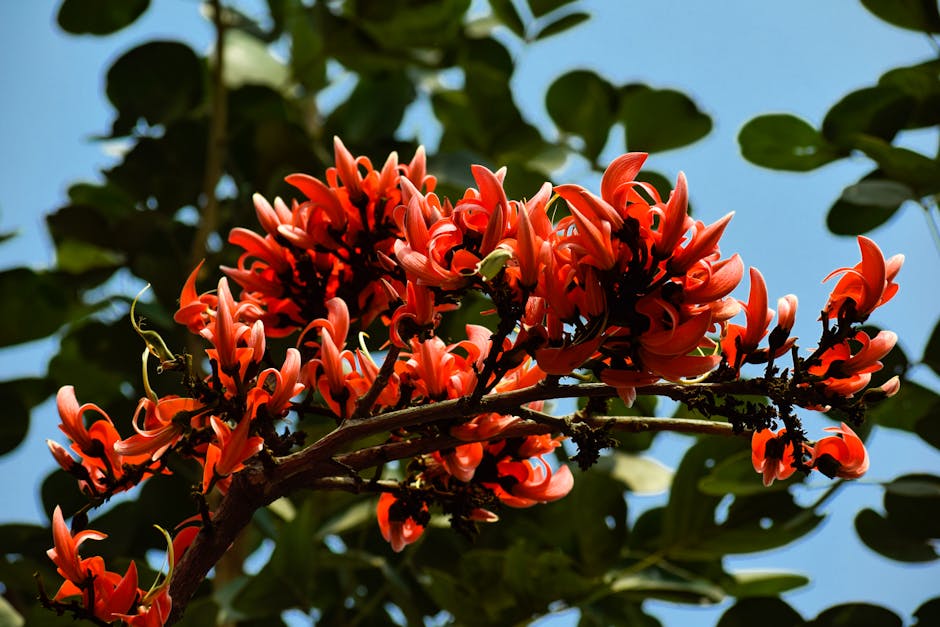Trace the Origins of Rams Head Mushrooms – 6 Clues
Unraveling the Mystery: Tracing the Origins of Rams Head Mushrooms
Rams head mushrooms, with their intricate, brain-like folds and captivating appearance, have long intrigued mycologists and culinary enthusiasts alike. Their unique texture and nutty, earthy flavor make them a prized ingredient in gourmet dishes. But where did these fascinating fungi first emerge? Pinpointing their exact origins is a complex puzzle, shrouded in the mists of time and ecological intricacies. This exploration delves into the historical, geographical, and biological clues that help us understand the ancestry of these remarkable mushrooms.

Geographical Distribution and Early Sightings
Mapping the Rams Head Territory
Rams head mushrooms, scientifically known as Grifola frondosa, are found across several continents, including North America, Europe, and Asia. Their preference for the base of oak trees provides a crucial clue to their historical spread. While they appear in diverse locations, certain regions, such as the northeastern United States and Japan, are particularly well-known for their abundance of rams head mushrooms. This uneven distribution suggests specific environmental factors played a significant role in their early development.
Ancient Records and Folklore
Historical records and traditional folklore offer glimpses into the long-standing relationship between humans and rams head mushrooms. In Japan, known as Maitake, meaning “dancing mushroom,” legends suggest that people danced for joy upon finding this prized edible fungus. While concrete evidence of ancient cultivation is scarce, these cultural anecdotes hint at the mushroom’s historical significance and potential early use.
The Oak Connection
The symbiotic relationship between rams head mushrooms and oak trees is a cornerstone of understanding their origins. These fungi are almost exclusively found growing at the base of mature oaks, drawing nutrients and energy from the tree’s root system. This close association suggests that the evolutionary history of rams head mushrooms is intertwined with the distribution and development of oak forests across the globe.
Genetic Clues and Evolutionary History
Decoding the Fungal DNA
Modern genetic analysis provides valuable insights into the evolutionary history of rams head mushrooms. By comparing the DNA of different Grifola frondosa specimens from various regions, scientists can trace their lineage and identify common ancestors. These studies can help pinpoint the geographical origins of the species and track its dispersal patterns over time.
Relationship to Other Fungi
Understanding the phylogenetic relationship of rams head mushrooms to other fungal species provides further clues to their origins. Scientists classify fungi based on their genetic makeup and physical characteristics. By analyzing these relationships, researchers can gain a deeper understanding of the evolutionary pathways that led to the development of Grifola frondosa.
Adaptation and Environmental Pressures
The unique characteristics of rams head mushrooms, such as their preference for oak trees and their ability to thrive in specific climates, are the result of adaptation to environmental pressures. By studying these adaptations, scientists can infer the historical environmental conditions that shaped the evolution of the species and influenced its geographical distribution.
Cultivation and Modern Uses
From Forest to Farm
While traditionally foraged, rams head mushrooms are now successfully cultivated, offering a sustainable and readily available source of this culinary delicacy. Modern cultivation techniques mimic the mushroom’s natural growing conditions, providing the necessary environment for optimal growth and yield. This controlled environment also allows for research and further understanding of the mushroom’s life cycle and growth requirements.
Culinary Delights and Nutritional Benefits
Rams head mushrooms are prized for their delicate flavor and impressive nutritional profile. They are rich in vitamins, minerals, and antioxidants, contributing to their growing popularity as a functional food. Their versatility in various cuisines, from Asian stir-fries to Western gourmet dishes, further solidifies their place as a culinary treasure.
Medicinal Potential
Beyond their culinary value, rams head mushrooms are being investigated for their potential medicinal properties. Preliminary research suggests they may possess immune-boosting and anti-cancer properties, although further studies are needed to confirm these findings. This potential for medicinal applications adds another layer of intrigue to this fascinating fungus.
The Ongoing Quest for Knowledge
Unanswered Questions
Despite significant advances in our understanding of rams head mushrooms, many questions remain unanswered. The precise mechanisms behind their symbiotic relationship with oak trees, the full extent of their medicinal potential, and the intricacies of their evolutionary history are still being actively investigated. The ongoing quest for knowledge promises to reveal even more fascinating insights into this remarkable species.
Future Research Directions
Future research will likely focus on further genetic analysis, exploring the complex interactions between rams head mushrooms and their environment, and investigating their potential applications in medicine and biotechnology. As technology advances and research continues, we can expect to unravel even more of the mysteries surrounding the origins and properties of this captivating fungus.
| Characteristic | Description |
|---|---|
| Scientific Name | Grifola frondosa |
| Common Name | Rams Head Mushroom, Maitake |
| Habitat | Base of Oak Trees |
| Distribution | North America, Europe, Asia |
- Genetic analysis
- Geographical distribution
- Historical records
Conclusion
Tracing the origins of rams head mushrooms is a journey through history, ecology, and genetics. From ancient folklore to modern scientific analysis, each clue contributes to a richer understanding of this fascinating fungus. While the exact point of origin remains elusive, the ongoing research and exploration continue to unveil the secrets of this remarkable species, solidifying its place as both a culinary delight and a subject of scientific intrigue.
What is the scientific name of the rams head mushroom?
The scientific name is Grifola frondosa.
Where are rams head mushrooms typically found?
They are typically found growing at the base of oak trees.
What is the meaning of “Maitake”?
Maitake, the Japanese name for rams head mushrooms, means “dancing mushroom.”
What are some potential medicinal benefits of rams head mushrooms?
Preliminary research suggests they may have immune-boosting and anti-cancer properties, though further research is needed.
Are rams head mushrooms cultivated?
Yes, they are now successfully cultivated, providing a sustainable source of this mushroom.